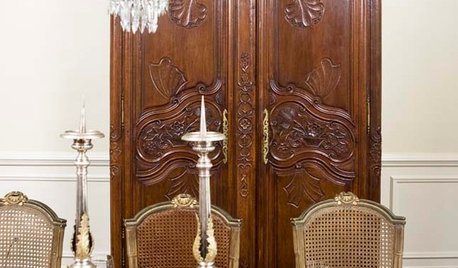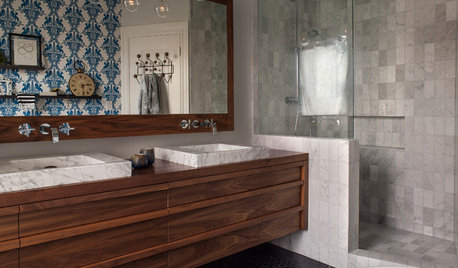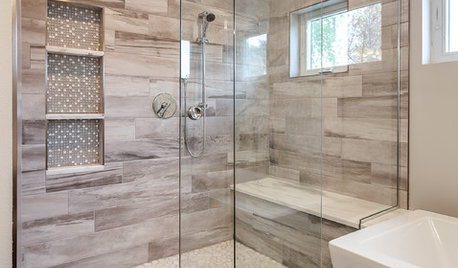Linseed oil before painting ancient siding?
AMRadiohead3885
17 years ago
Featured Answer
Sort by:Oldest
Comments (11)
sombreuil_mongrel
17 years agobrickeyee
17 years agoRelated Professionals
Kalamazoo Kitchen & Bathroom Designers · Oneida Kitchen & Bathroom Designers · Auburn Kitchen & Bathroom Remodelers · Beverly Hills Kitchen & Bathroom Remodelers · Bremerton Kitchen & Bathroom Remodelers · Charlottesville Kitchen & Bathroom Remodelers · Dearborn Kitchen & Bathroom Remodelers · Ogden Kitchen & Bathroom Remodelers · Sioux Falls Kitchen & Bathroom Remodelers · Warren Kitchen & Bathroom Remodelers · Weymouth Kitchen & Bathroom Remodelers · Ridgefield Park Kitchen & Bathroom Remodelers · Daly City Architects & Building Designers · Fayetteville Architects & Building Designers · Portsmouth Architects & Building Designersericwi
17 years agohousekeeping
17 years agocorgilvr
17 years agosombreuil_mongrel
17 years agohousekeeping
17 years agocorgilvr
17 years agojohn_shearerpainting_com
13 years agomacv
13 years ago
Related Stories

HOUZZ TOURSMy Houzz: When Memories of Home Are of Paint and Linseed Oil
A San Francisco Bay Area artist’s sun-drenched home doubles as her gallery and studio
Full Story
ECLECTIC HOMESHouzz Tour: Ancient and New Tell a Story in San Francisco
Chinese artifacts join 1970s art and much more in a highly personal, lovingly reincarnated 1896 home
Full Story
FURNITUREArmoires Travel From Ancient Rome to High-Style Storage
Go ahead, be possessive — this beautiful furniture piece with a rich history gives your treasures a proper home
Full Story
GREAT HOME PROJECTSWhat to Know Before Refinishing Your Floors
Learn costs and other important details about renewing a hardwood floor — and the one mistake you should avoid
Full Story
MATERIALSWhat to Ask Before Choosing a Hardwood Floor
We give you the details on cost, installation, wood varieties and more to help you pick the right hardwood flooring
Full Story
DOORS5 Questions to Ask Before Installing a Barn Door
Find out whether that barn door you love is the right solution for your space
Full Story
BEFORE AND AFTERSBefore and After: 19 Dramatic Bathroom Makeovers
See what's possible with these examples of bathroom remodels that wow
Full Story
REMODELING GUIDESWhat to Know Before You Tear Down That Wall
Great Home Projects: Opening up a room? Learn who to hire, what it’ll cost and how long it will take
Full Story
BATHROOM DESIGN10 Things to Consider Before Remodeling Your Bathroom
A designer shares her tips for your bathroom renovation
Full Story
MOST POPULAR5 Ways to Pare Down Your Stuff — Before It Gets in the Door
Want to free up some room around the house? Rethink gift giving, give yourself a shopping mantra and just say, ‘No, thank you’ to freebies
Full StoryMore Discussions










HU-709615851